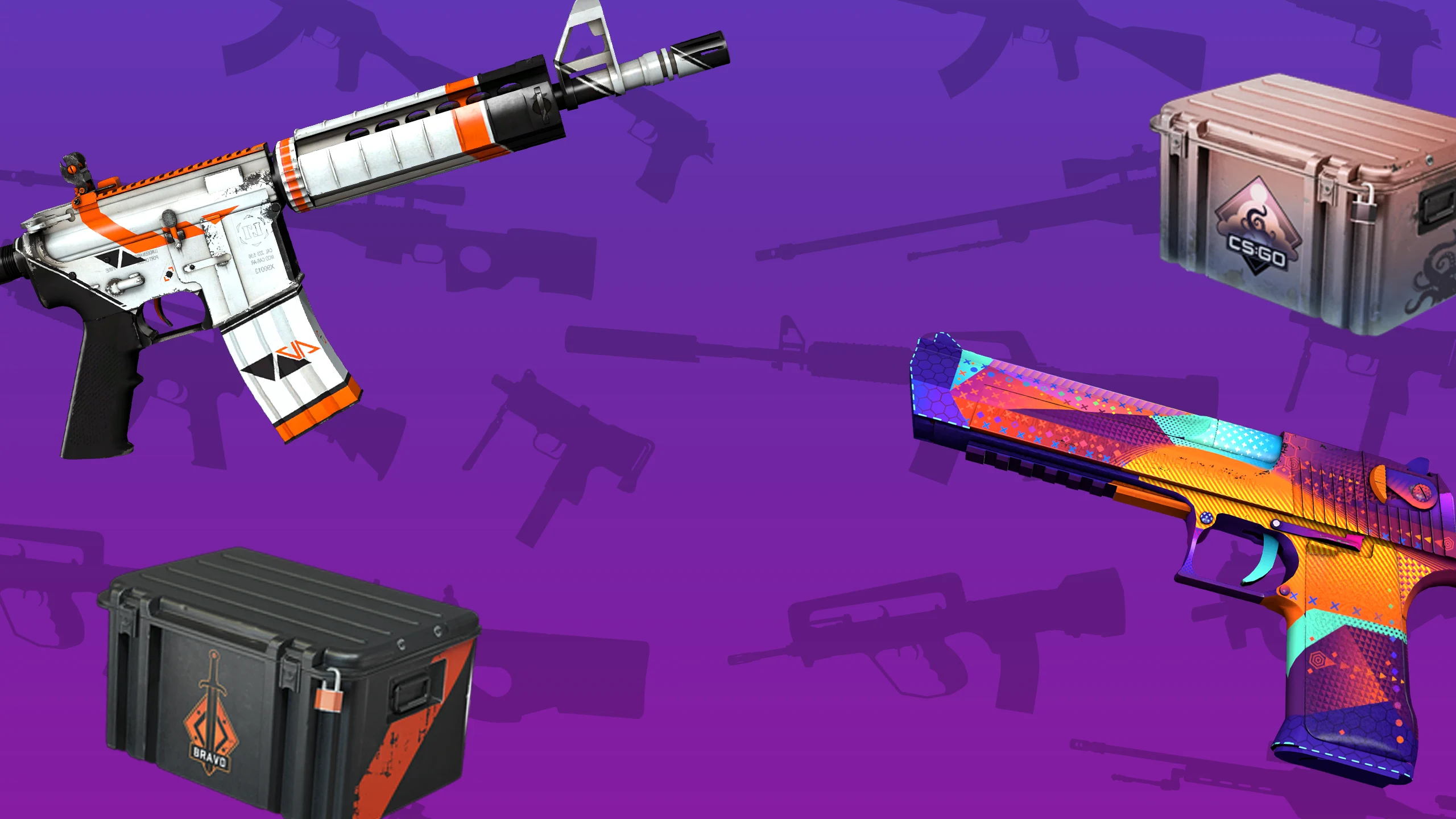Asik Cloud Insights
Your gateway to the latest trends in technology, cloud computing, and digital innovation.
Why CSGO Skins Are the New Art Collectibles of the Digital Age
Discover why CSGO skins are revolutionizing art collection in the digital age. Uncover their value, culture, and the future of virtual collectibles!
The Evolution of CSGO Skins: From Gaming Assets to Digital Art
The evolution of CSGO skins has transformed a simple gaming feature into a vibrant marketplace of digital art. Initially introduced as cosmetic enhancements for weapons in the popular first-person shooter, these skins allowed players to customize their in-game experience. Over time, they became sought-after items, with players eager to express their individuality through unique designs. The rise of CSGO skins parallels the growing acceptance of in-game assets as part of a larger digital culture, leading to the emergence of marketplaces where players can buy, sell, and trade these items.
As the demand for CSGO skins surged, they began to attract the attention of artists and designers, further blurring the lines between gaming and art. Now, many skins are crafted by talented creators who see this platform as a canvas for their artistic expression. With advancements in technology, the detail and creativity of these designs have reached incredible heights, making discussions about their value more common in the realms of both gaming and art appreciation. The journey of CSGO skins from mere gaming assets to highly valued pieces of digital art showcases the transformative power of gaming culture.

Counter-Strike is a highly competitive first-person shooter that has captivated gamers around the world. Players can customize their weapons with various mp9 skins to enhance their gaming experience and showcase their style. The game emphasizes teamwork, strategy, and precision, making it a staple in esports.
How CSGO Skins are Shaping the Future of Digital Collectibles
CSGO skins have transcended their original purpose of merely customizing in-game weapons, evolving into a significant facet of the digital collectibles market. As players buy, sell, and trade these virtual items, the concept of value moves beyond the gameplay experience to create an interactive marketplace fueled by supply and demand. Recent trends indicate that rare skins can fetch thousands of dollars, similar to physical collectibles like sports cards or art pieces. This emerging economy not only highlights the desire for unique items among players but also propels CSGO skins into a category that could redefine ownership and value in the digital age.
Furthermore, the rise of blockchain technology is set to enhance the authenticity and provenance of digital collectibles, including CSGO skins. As verified ownership becomes increasingly important in the digital realm, incorporating blockchain can provide proof of rarity and authenticity, making each skin a more secure investment. With developments in NFTs (Non-Fungible Tokens) and digital ownership, the future of CSGO skins may very well mirror the evolution of physical collectibles, encouraging both gamers and investors to explore this vibrant and expanding ecosystem.
Why Are CSGO Skins Considered the Modern-Day Art Form?
Counter-Strike: Global Offensive (CS:GO) skins have transformed from mere in-game items to a sophisticated form of modern art. These digital collectibles showcase a myriad of artistic styles ranging from minimalist designs to elaborate, intricate illustrations. The process of creating these skins often involves collaboration between talented artists and the gaming community, allowing for a diverse spectrum of creativity to flourish. Just like traditional artworks, the value of CS:GO skins can appreciate over time, influenced by factors such as rarity, design popularities, and community demand.
Moreover, the marketplace for CS:GO skins operates similarly to the art market, where buyers and collectors engage actively in the trade of these virtual items. Platforms such as Steam Marketplace facilitate the buying, selling, and trading of skins, making it accessible for gamers to express their individuality and artistic appreciation. The fusion of gaming and art has birthed a new form of creative expression, wherein each skin represents not just an item but also a unique narrative and a culture, marking the evolution of what we consider to be art in the digital age.